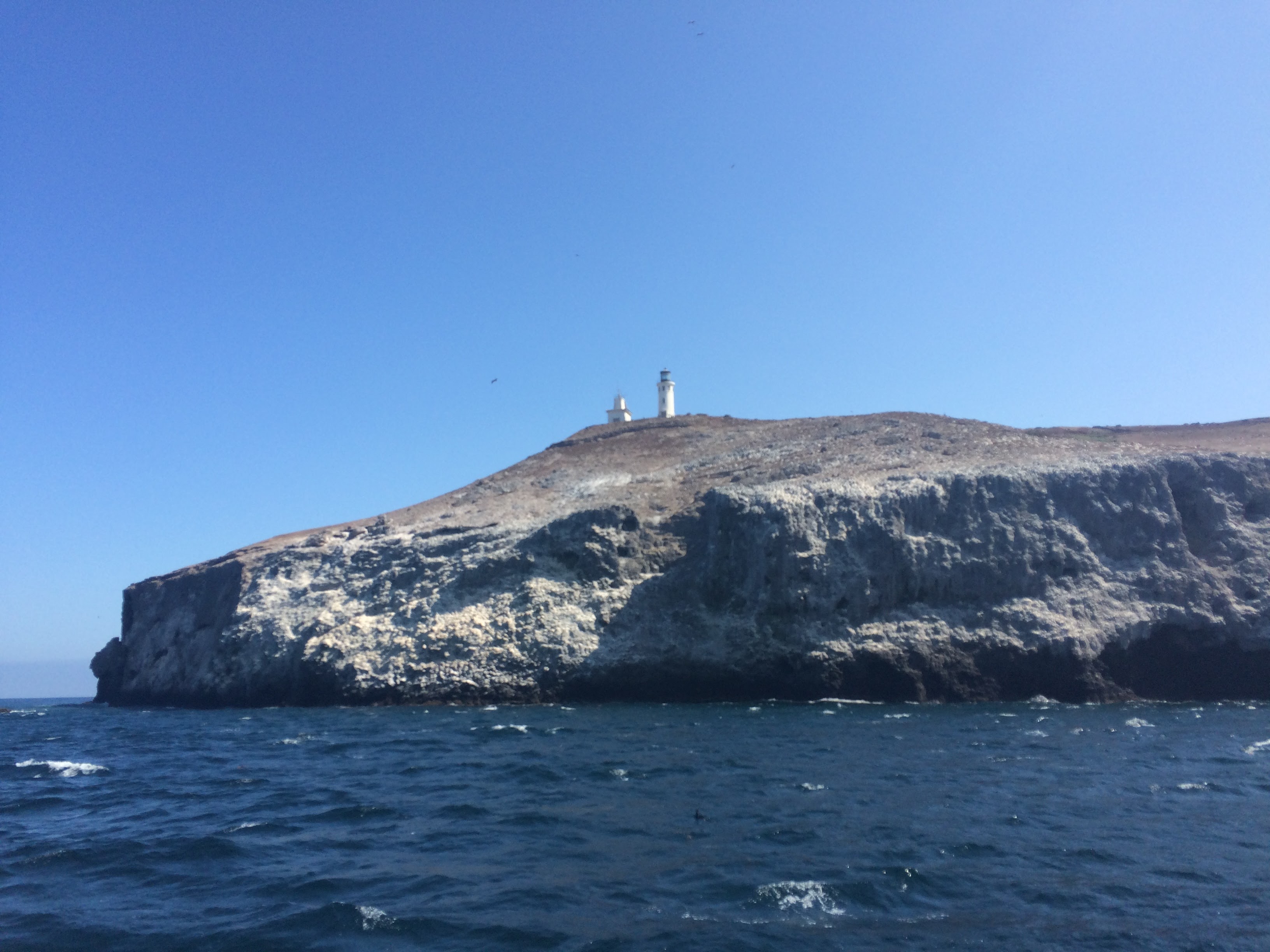Within the coastal zone of Ventura County developers are required to protect trees and/or mitigate tree loss in order to preserve their ecological value and visual quality.[1] Keeping in place all protected trees is the most preferred approach pursuant to this ordinance, followed by on-site mitigation, off-site mitigation, and, finally, in-lieu fees.[2] When removal of a protected tree cannot be avoided, on-site mitigation requires the developer to transplant or replace the tree on the same property.[3] The standards for the replacement tree vary according to the type of tree that was removed. If one protected native tree is removed it must be replaced with no less than ten native trees.[4] Heritage trees—non-native, non-invasive, trees with unique value that are considered irreplaceable due to their rarity, distinctive feature, or prominent location—are also required to be replaced, provided they meet certain criteria.[4] If the tree is located in a public area, or prominent location as seen from public viewing areas, the replacement must be the same species as the tree removed, of similar size, and planted in close proximity to where the removal took place.[6]Heritage trees that are not viewable from or located in public areas are required to be replaced with native trees.[7]
To view the brief, see Require Native Trees and Removal of Invasive Trees.
[1] Ventura County, California Code of Ordinances § 8178-7.6 (2016).
[2] Id.
[3] Id.
[4] Id. at § 8178-7.6.1.
[5] Id, § 8178-7.3.4
[6] Id.at §8178-7.6.1.
[7] Id.

Leave a comment